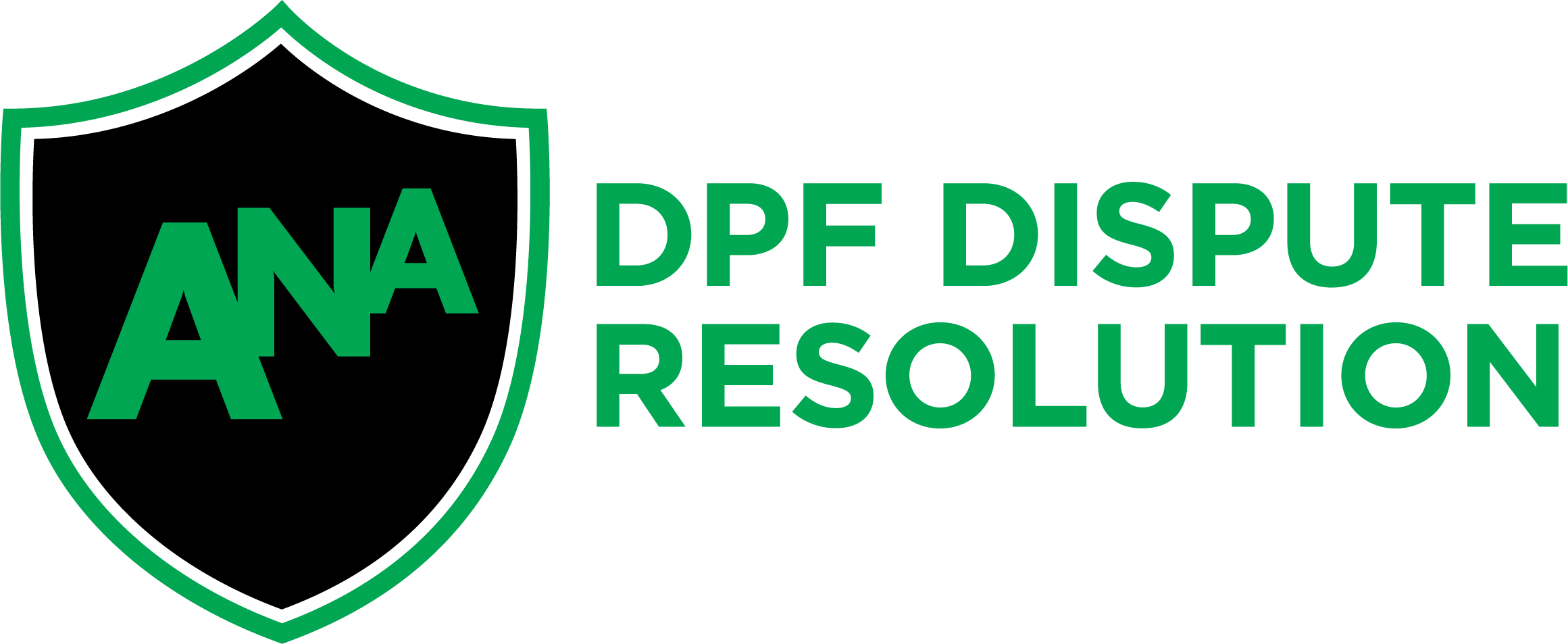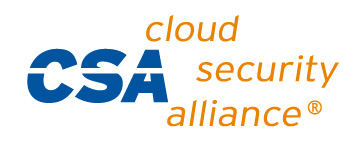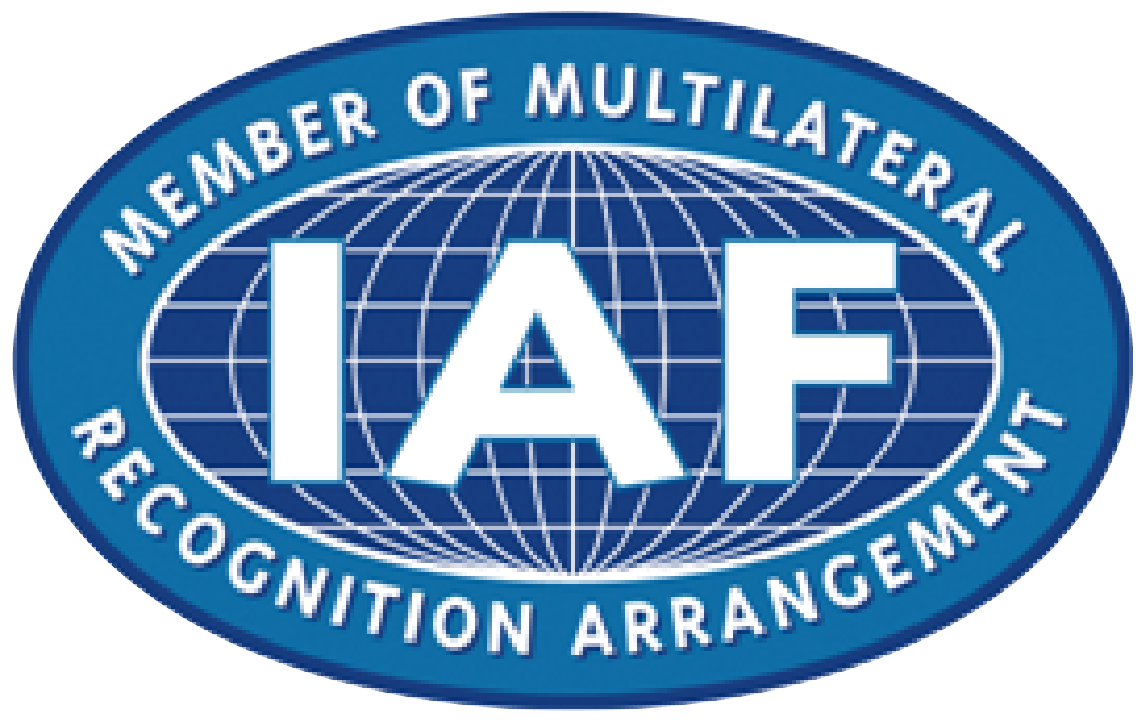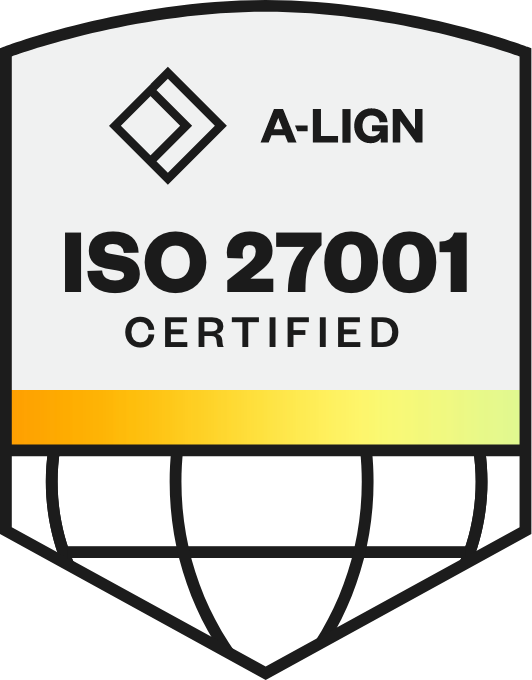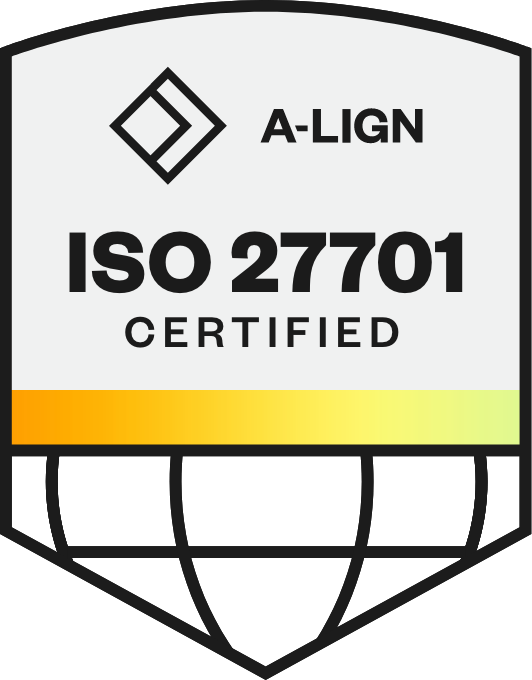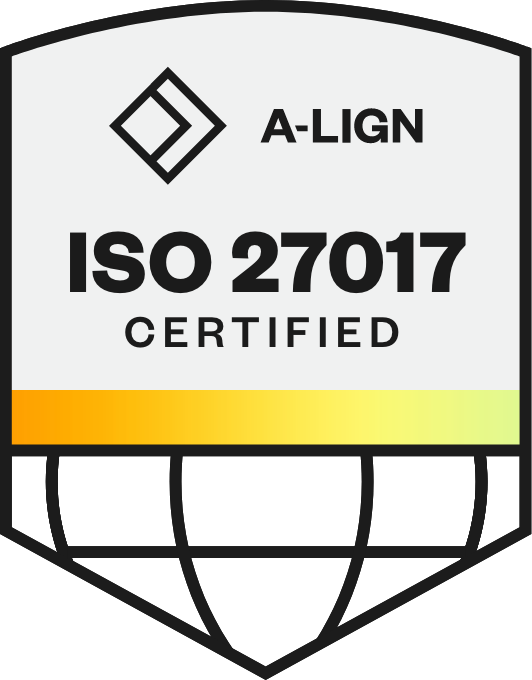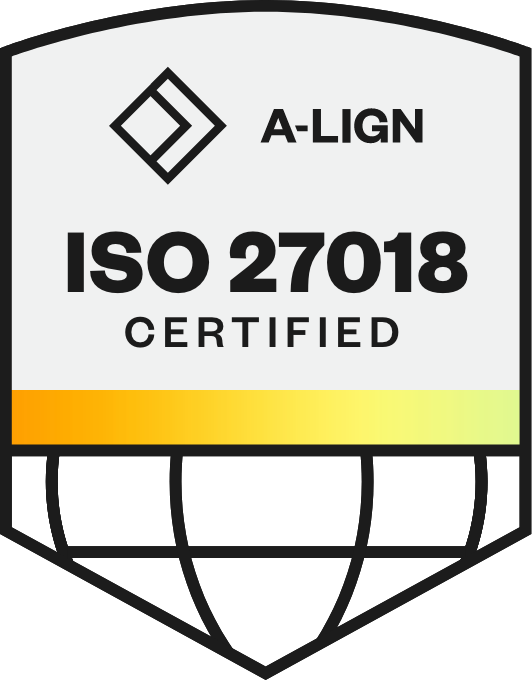
Building Blocks: How Excellus BlueCross BlueShield Solved Career Visibility with a Skills-First Approach
In insurance, prevention is everything — identifying and mitigating risks before they become costly claims. But in talent management, too many organizations wait until it's too late — reacting only after top performers have mentally checked out and attrition has begun.
For Excellus BlueCross BlueShield, a not-for-profit health insurer serving 1.5 million members across upstate New York, rapid growth brought unexpected challenges. Despite a strong family-like culture where colleagues knew each other's families, a critical problem emerged: career visibility.
The issue deepened as Excellus hired 1,500 employees over two years—a 37% increase in workforce size for the 4,000-employee organization. Tim Lippincott, Vice President of People Strategy at Excellus, recognized the disconnect: "We had a new generation coming into our workforce who had new expectations. That expectation of a new workforce coming into our organization made us change."

Watch the entire session on demand, or read on for the highlights!
When Growth Creates Visibility Gaps
What emerged was a gap between Excellus' family-like culture and the actual experience of career progression. Moving between divisions felt like "terminating from the organization [and] being rehired," with inconsistent requirements and fragmented systems.
For a health insurance company focused on "helping people in our communities live healthier and more secure lives through access to high-quality, affordable health care," turning attention inward felt counterintuitive. "Our journey here — the biggest surprise to me is that I'm up here even talking about skills," Lippincott admitted. "We're so used to focusing on our members… we had to internalize that and say, ‘What about our members who are our employees? How do we take care of them’?"
Listening at Scale: What 2,500 Employees Revealed
Rather than assume the problem could be solved by process tweaks, Excellus chose to listen — deeply and at scale. Instead of jumping to a solution, they conducted a nine-month diagnostic to better understand the employee experience. The team analyzed feedback from 2,500 employees across every stage of the employee journey — from hire to retire. What they uncovered wasn’t a collection of individual complaints, but organization-wide patterns that demanded action.
What they found:
Strong performance in hiring, onboarding, and day-to-day leadership
A noticeable gap in long-term career development opportunities
Repeated employee feedback centered around the need for empowerment
“When we went through and started to ask our employees what mattered the most to them... the word empowerment kept coming up again and again and again,” recalled Lippincott. “You hear a thousand employees saying the word empowerment, you start to listen."
Their systematic approach to listening surfaced a deeper problem: while foundational experiences like hiring and leadership were working well, Excellus had no clear answer to long-term career development.

In addition, the contrast was stark between generations: "One generation built the organization to what it is today. But now we have a new generation coming in that's not going to wait 43 years for the next opportunity. They might not even wait 43 months or 43 weeks," he shared.
The Core Problem: Limited talent visibility compounded everything. "We couldn't find talent. As sad as that is to say... I could not have a database of employees to find skills," Lippincott shared. "It wasn't even hidden.” It didn’t exist.
A Methodical Approach to Transformation
With clarity on what employees needed, Excellus didn’t rush into change. They approached transformation like they approach health planning — measured, informed, and intentional. Excellus addressed its internal mobility and visibility challenges through Phenom Talent Marketplace, but their implementation philosophy reflected the caution you’d expect from a risk-averse insurance organization.
“Go as slow as your organization can tolerate,” advised Lippincott. They chose to deploy new features only as quickly as teams could actually adapt and use them. Change management and effective adoption were key.
This phased implementation strategy became a cornerstone of success. “We did not go past mentorship until we saw people that actually cared to have a mentor profile and mentee relationships were starting to blossom as a result of that,” he elaborated.
This approach helped them avoid change fatigue, build organic momentum, and demonstrate tangible ROI at every stage. For HR and change management professionals, the lesson is clear: don’t push forward on arbitrary timelines. Advance only when there’s evidence of engagement and value.

Their rollout prioritized three foundational components:
Employee skills profiles to capture current capabilities and future aspirations
Structured mentoring programs connecting colleagues based on shared goals, interests, or paths
Career pathing tools that mapped growth routes with skill-specific requirements
Testing the Technology: How Accurate Was AI?
When Excellus implemented Phenom, they wanted to verify how well the platform's AI could identify the right skills for each job. They had 2,200 different job roles to review — a task they expected would take nearly a year.
The results? Phenom's AI got it right about 80% of the time.
"We got the profiles from the jobs that came in and we thought we were going to have a nine month to a 12-month task... We found that roughly 80% of the time, it was pretty spot on, but we still did a skills validation," Lippincott explained. This gave Excellus confidence in the technology's accuracy, though they still chose to review everything manually as part of their careful implementation approach.
Related: Moving into the Fast Lane: Becoming an AI-fueled, Skills-based Organization
From Random Connections to Strategic Relationships
The transformation of Excellus’ mentoring program shows how a structured, data-informed approach can replace informal systems that lack scale and visibility.
"Mentoring for us previously consisted of randomness... there was no visibility into it in terms of ‘Why you? Why me?’, which leads to some very awkward introductions," Lippincott recalled. "Now you can look at it and say, what is some common interest that I might have? Maybe they went to school at the same spot. Maybe they have a career path that I want to follow."
By surfacing natural connection points — such as shared career paths, interests, or educational backgrounds — Excellus moved away from top-down pairings to relationship-building based on relevance.
Phenom Mentoring supported this shift by making compatibility visible. Instead of assigning mentors based on hierarchy or availability, employees could explore relationships built on multiple connection criteria. For HR teams rethinking mentorship, this approach makes clear that meaningful engagement often begins with shared context, not seniority.
Scaling the "Tap on the Shoulder" Philosophy
"Now that… employees are comfortable sharing with us who they are and what they want to do in their future, it allows us to turn our external sourcing strategy inward and find our next best talent, which probably is already working for us," said Lippincott.
Finally, internal mobility no longer relies on a manager just remembering a colleague who might have expressed interest in another department or position. "This is our version of tapping you on the shoulder — but doing it at scale," he noted, pointing out the benefits for all parties.
"Imagine what that feels like as an employee... they're noticing my skills, they're noticing what I can do and what my potential may look like in the future of this organization. That builds retention. That builds engagement," Lippincott emphasized.
Three Career Paths: Sequential, Stretch, and Unexpected
To broaden how employees think about growth, Excellus introduced a career mapping framework with three distinct paths — each designed to surface potential in different ways. Every employee is presented with a:
Sequential Role: the natural next step aligned with current responsibilities
Stretch Role: to push someone slightly beyond their comfort zone, requiring new growth
Unexpected Opportunity: to reveal overlooked or transferable skills
By presenting multiple directions, the framework helped employees move beyond traditional ladders and see new possibilities within the organization — especially in roles they might not have considered on their own.

Related: How to Build an Effective Career Pathing Framework
Breaking Through Talent Hoarding
One challenge Excellus had to confront directly? Talent hoarding. Hoarding often stems from a scarcity mindset — managers hesitate to promote high performers because they can’t see who might step up next. The irony? Top talent gets stuck not because they’re unqualified, but because they’re too good to lose.
Excellus found that increasing visibility into internal pipelines helped ease that fear. When managers could identify possible successors or development candidates, they became more open to supporting career moves. “We’re making a lot of progress there,” Lippincott acknowledged.
The Results Tell the Story
The impact of Excellus’ skills-first strategy showed up clearly across every key talent metric — and aligned closely with Gallup’s validated engagement drivers. “We work with Gallup to do our engagement survey. And we look at things that drive meaningful change in employee engagement.” Lippincott noted.
Their results speak for themselves:
27% decrease in time to hire
Over 75% visibility into internal talent for sourcing and projects
10% increase in employee engagement
Improved engagement ratio from 16:1 to 24:1
30% reduction in turnover related to lack of growth opportunities
Less than 9% overall annualized turnover

Lippincott described their success this way: "If you meet 25 employees on the floor at our organization, 24 of them are going to be actively engaged. That's a number we're continuing to drive, because we know that if we take care of them, they will take care of our members — and they'll take care of each other." This creates a powerful virtuous cycle: engaged employees provide better service to Excellus' 1.5 million insurance members, while also supporting each other's growth and development within the organization.
Manager Transformation: The Strongest Success Signal
One of the strongest signals of success came from managers — not through formal training, but organic behavior change. "We're starting to see managers saying, ‘I'm going to have an opportunity… who else is out there in the organization? What other skills are there’?" Lippincott observed.
This shift marked a fundamental change in mindset. Instead of defaulting to external hiring or waiting for applications, managers began proactively scanning internal talent. "We're able to bring someone to a position before it's been posted — that, to me, is a good sign that we're doing something right."
4 Critical Insights for HR Leaders
Excellus’ journey offers four actionable takeaways for HR teams building internal mobility and skills-based strategies:
Listen at Scale. When thousands of employees echo the same theme — like empowerment — it’s not anecdotal. It signals a systemic gap that requires a strategic response.
Implement in Phases. Don’t launch everything at once. Tie each new capability to clear adoption metrics before advancing to the next phase.
Map Career Paths in Tiers. Present options beyond the obvious: logical next roles, stretch opportunities, and unexpected paths that surface hidden skills.
Address Talent Hoarding with Visibility. When managers can see who’s ready to grow, they’re more likely to support advancement. Visibility replaces fear with confidence

Excellus didn’t wait for disengagement to become a crisis. By building structured, skills-first systems, they turned visibility into opportunity — and culture into action. The outcome? A workforce where growth feels possible, retention is intentional, and internal mobility is no longer an afterthought. For HR leaders, the takeaway is simple: when employees can see a future with you, they’re far more likely to stay.
Get a personalized Skills Snapshot now. It’s the right next step to move your organization’s skills journey forward.
Apurba is a writer who specializes in creating engaging content, backed by storytelling, data, SEO and a cup of coffee. When she’s not writing, she’s reading, cooking fusion food, or curiously traveling like a local.
Get the latest talent experience insights delivered to your inbox.
Sign up to the Phenom email list for weekly updates!



